A New Tradition
Triple IPA
Jan/Feb are Triple IPA Months
- Evil 3
- Power Plant
- Pliny the Younger
Blame the Bistro in Hayward and their DIPA/TIPA Festival and it's competition
American IPA History
- Post Prohibition to Now... except the hazies.
American Legend
The Modern American IPA trend owes it all to Ballantine - the only major IPA to survive Prohibition
It was big (1.074), bitter (60 IBUs), dry hopped (special process) and oak aged for a year
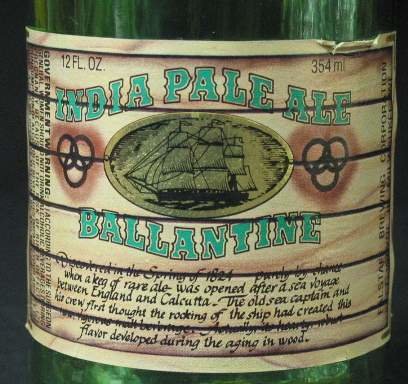
The Early Followups
- Anchor Liberty feels like a modern American IPA (dates to 1983, not '76)
- Crisp, dry with a mix of Clusters and eventually all Cascade
- Bert Grant launched the first marketed IPA (1983)
- Only 50 IBUs but all Cascade
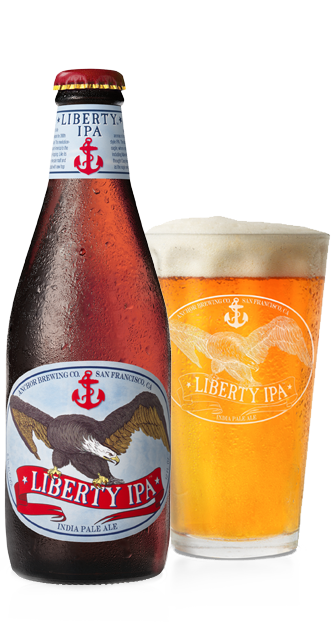
The Mature Crowd
- In the first craft bubble, IPAs started to appear in earnest.
- East/West divide on malt/hop
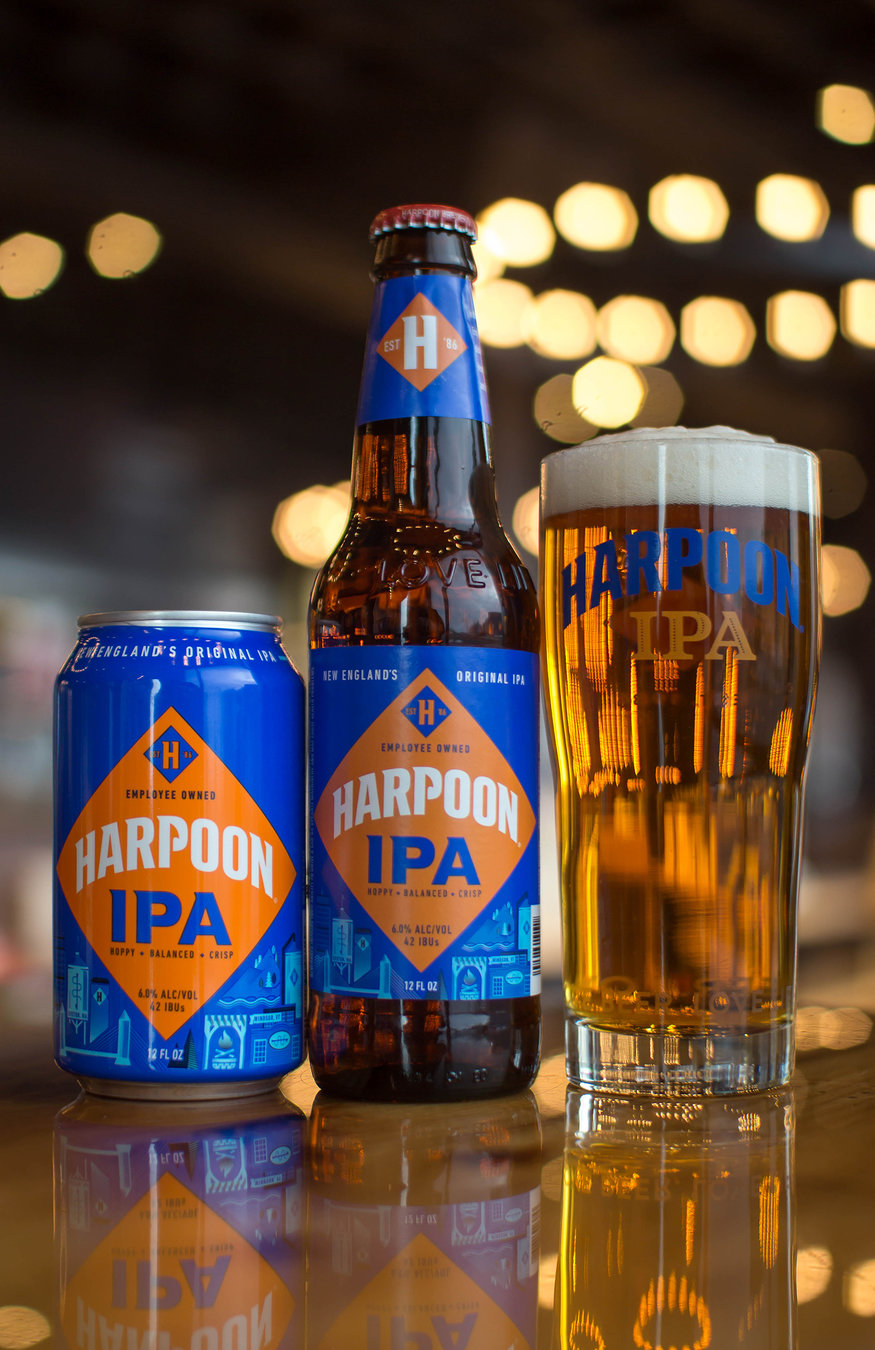
Multiplication
- 2000 - Russian River releases "Pliny the Elder" for Hayward's IPA festival.
- The race was on!
- IPAs became bigger, dry and more ruinously bitter
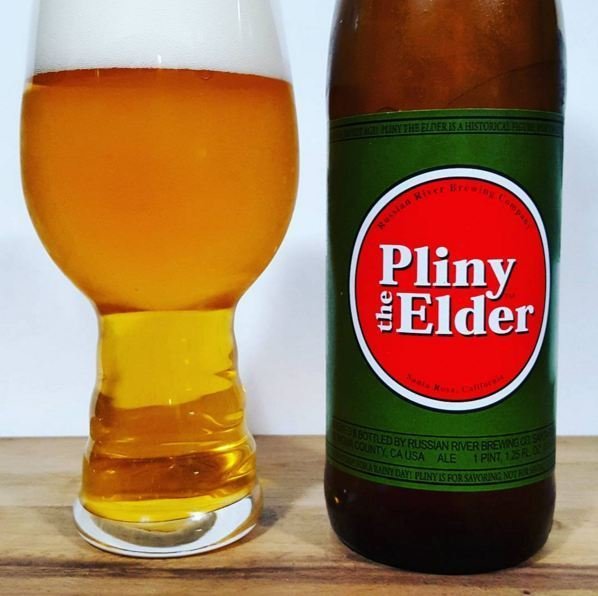
Triplification
- 2005 - Russian River releases "Pliny the Younger" at 10+%
- FTR - DFH released 120min IPA at 18% in 2003, but that's more barleywine
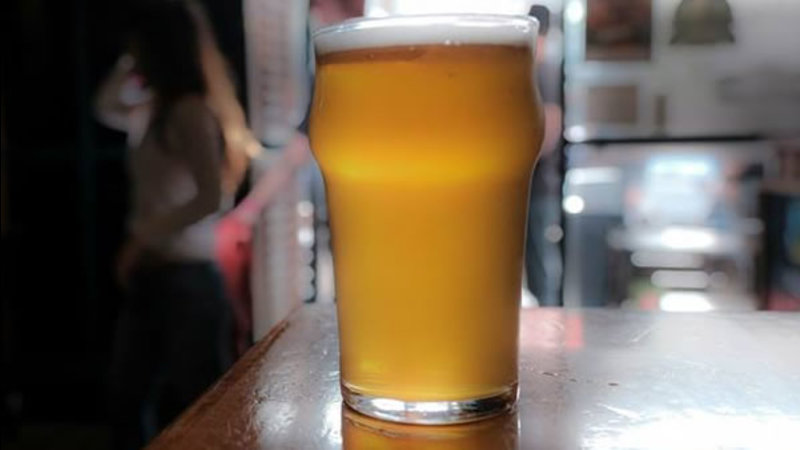
IPA Evolution in a Nutshell
- We've gone from dark amber beers aged in barrels for a length (Ballantines was aged for 5-12 months) with sweetness
- Over time, the colors have dropped paler with crisper bodies.
- Less bitter and tea like hop tannins, more fruity, piney, citrus and tropical notes
The BIG Truths About IPA
- IPA increasingly focused on Hop Expression
- Bitterness reduced in favor of Aroma/Flavor
- all late hops, whirlpools, etc
- extract is no longer a dirty word
- Color is as pale as pale
- Malt has moved to plain choices
- pale 2-row and pilsner, no darker crystals
(Yes, this applies to Hazies as well)
Triple IPA
The Basics
The Stats
- OG - 1.100
- ABV - 10+%
- IBUs - 100+
- Characteristics: Should be as pale as possible while being big. High hop aroma and high hop flavor with a burst of hop bitterness to handle residual sweetness.
- How much alcohol do you want to perceive?
The Challenges
- Building a big beer that ends very dry/clean
- fighting the natural tendency for sweetness
- avoiding fusel alcohols and stess impacts from the high OG
- High bitterness without "greenness"
- Dissolving lots of hop oils and delivering them over the ethanol
- Not losing a ton of volume to hop absorbtion
The Malt
- Simpler is better
- 90+% of pale or pilsner malt (still plenty of color)
- A dose of carapils/wheat for heading
- Sugar boosts OG without increasing FG
- Drive dryness
- Mash low - 148°-150°F
- Make it Brut with Enzymes
The Water
- Start with clean water. Remove chlorine, chloramine.
- Acidify properly to ensure best enzymatic activity.
- The mineral balance is heavily sulfate to further emphasize dryness
- Use gypsum and epsom salts to drive the crispness
The Hops
- You're Going to Need More than You Think!
- Hop utilization goes down as OG goes up
- Experience of Bigger beers hides the hops.
- Use Concentrated Hops
- More efficient for big beers without overloading the kettle
- Extract delivers a bitter wallop
- Cryo/Lupo style hops deliver more oil
- So, so many dry hops and often in multiple doses
The Ferment
- Use a clean, hop expressive, very attenuative yeast.
- Chico, California Ale, Imperial House, etc.
- Use a lot of yeast, brew a batch of IPA and get a yeast cake going
- With a big OG beer like this, use extra O2 and yeast nutrient (more on this later)
The Dry Hop
- All the hops
- Multiple dry hops are the norm. Shorter durations typically than "traditional" dry hops thoughts
- The whole idea is to layer in as much hop character as possible
- Dry hops are all post primary ferment.
Packaging/Oxygen
- Control your post primary oxygen exposure to avoid damaging hop aromas
Brewer's Notes
A Few Takes
Jamil Zainasheff
Heretic Brewing - Evil3 (collab)
Keys
- It is a balancing act
- Wants smooth alcohol
- needs a touch of heat
- Uses nutrient additions/timing to manipulate the character
- Limit crystal to 2-3%
- Use simple sugars (dextrose)
- Hop like you've lost your mind
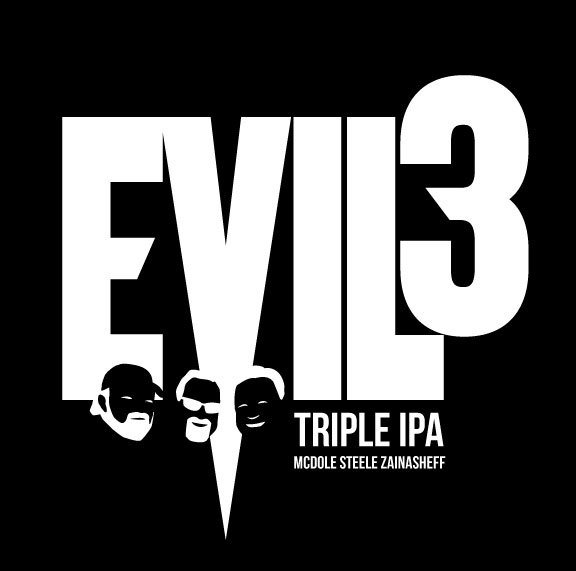
Mitch Steele
New Realm - Evil3 (collab)
Keys
- 10+%
- No speciality malts - pale and sugar (10%)
- enough body from the amount of malt
- Mash 148°F for 2 hours
- 110-140ppm Sulfate
- 60-80 IBUS
- 2 dry hops
- post ferment
- 2nd in brite
- Use Hop oils?

Tim Kazules
Five Threads
Keys
- Huge pitch of viable yeast
- O2 - knockout & 6-8 hours
- Ferment low (66°F) for 2 days, bump to 68°F for a few and then to 72°F for completion
- 100+ IBUs
- No more than 10% sugar in boil. Additional sugar after 75% fermentation
- 3 days between dry hops at 58°F
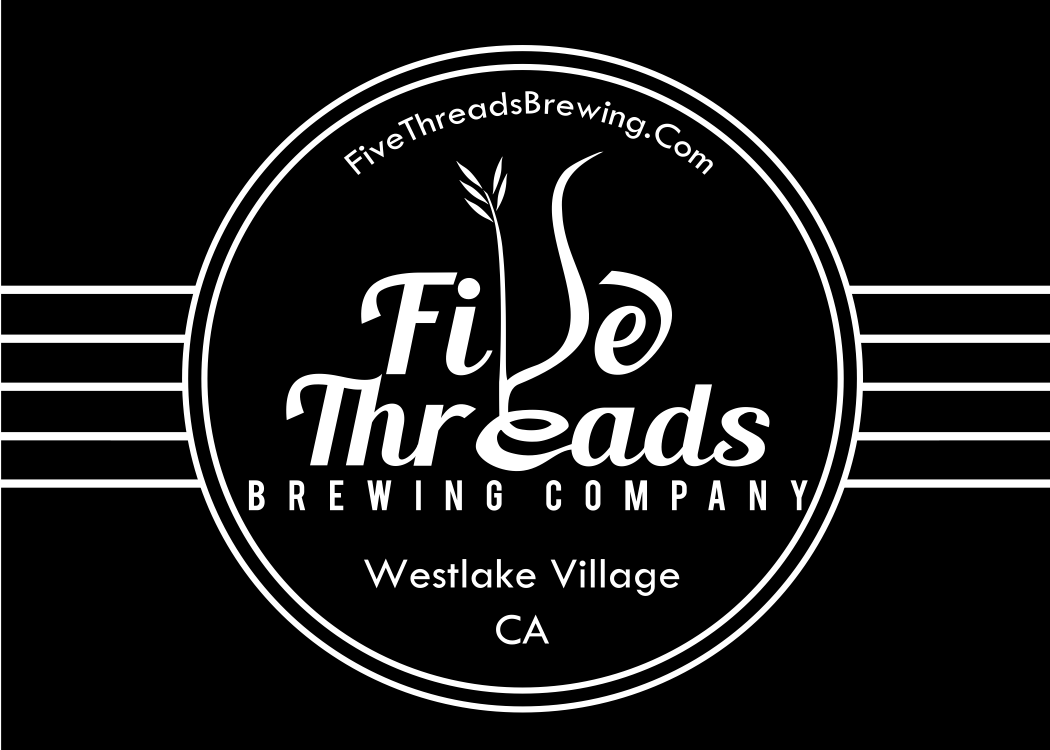
Breaking Down
Craig's Old School TIPA
The Recipe
For 10 Gallons, 90 min boil, 1.100 OG
Malt
30 lbs Domestic 2-Row Pale Malt
2 lbs Wheat Malt
1 lb Maris Otter
Mash (with Alpha Amylase)
145°F for 60 min
156°F for 20 min
168°F for 20 min
Fly sparge 60 minutes
Water
Filtered water with campden
Add 2 tsp of Gypsum to mash and to boil
The Recipe
Hops
1oz each Chinook & Warrior - First Wort Hop
25ml CTZ Hop Extract (dissolved in EverClear) - 90 min
1oz Columbus - 60 mins
2 oz Simcoe - 30 mins
2 oz Centennial - 15 mins
1 oz each of Simcoe, Columbus, Chinook, Centennial, Amarillo - 1 min
1 oz each Simcoe Cryo, Centennial Cryo, Columbus Cryo, Amarillo Cryo - Cool Whirlpool (20 mins)
1 oz each Warrior, Simcoe, Columbus, Chinook, Centennial, Amarillo - Dry Hop for Flush and seal the conical with CO2 after adding the dry hops.
5 days at 60°F
The Recipe
Yeast
Wyeast 1056, WLP001, US-05
Ferment
65 degrees 3 days
67 degrees 3 days
70 degrees until terminal gravity
Crash for 3 days post dry hop at 40°F
Keg with Biofine
Other Craig Thoughts
Other Things to Try
Quad IPA
- Do all of this, but add more sugar!
- El Segundo's Nuclear PP - 12% ABV
Fermentation
- Sugar Feed
- Kveik
Hopping
- Crush your pellets and purge with CO2
- More concentrated hop formats (eg incognito)
- Colder shorter dry hopping
- Terpenes and other hop oils
- Wort acidification - 4.8-5.0 to adjust for drying hopping pH bump
Other Thoughts
What else would you try?
Tasting A TIPA
El Segundo Power Plant
Power Plant
11.1% ABV - 8th Edition
"irresponsibly overloaded with Simcoe, Amarillo, Citra, and Mosaic"
What do you get?
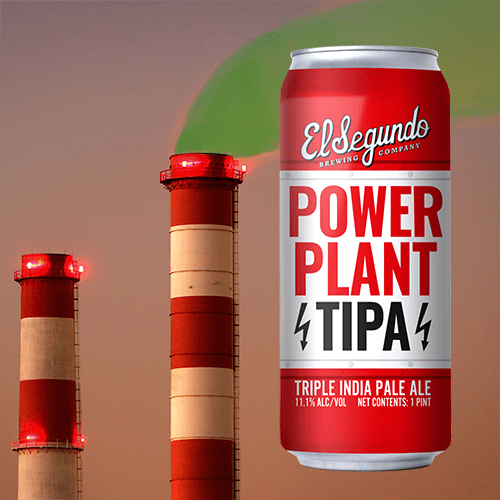
Tripel IPA - A New Tradition
By Drew Beechum
Tripel IPA - A New Tradition
- 925



